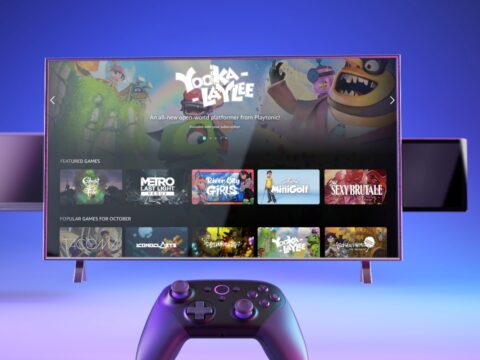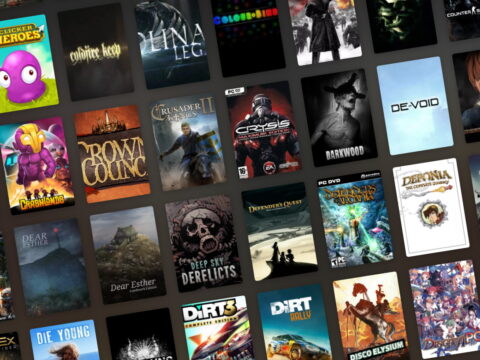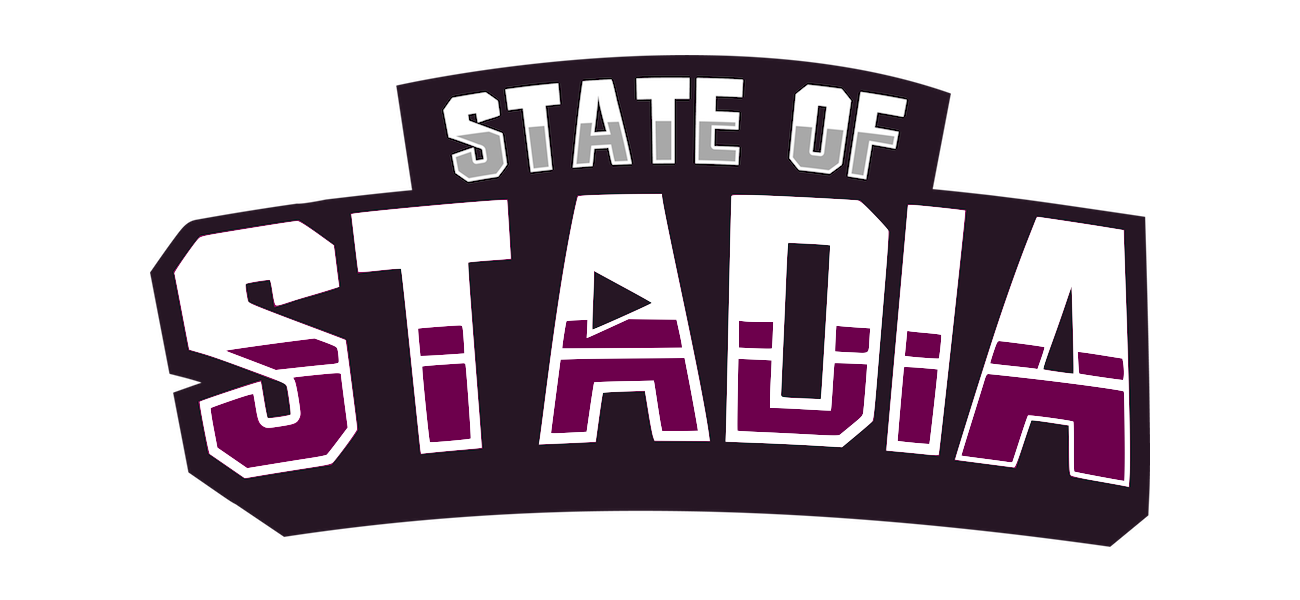Google Cloud, despite the challenges faced by Google’s Stadia cloud gaming service, is playing a pivotal role in revolutionizing the gaming industry. The failure of Stadia’s direct-to-consumer approach has led Google Cloud to refocus its efforts, offering its robust cloud infrastructure to empower game companies worldwide. This move has significant implications for the gaming industry, particularly in the realm of “live service” games, where continuous updates and player engagement are essential.
The Shift to Live Service Games
In recent years, the gaming landscape has evolved from traditional single-player game launches to live service games that players can enjoy daily with fresh content. Live service games, such as Fortnite, Warzone, and Genshin Impact, have become dominant forces in the industry. These games prioritize ongoing updates based on player feedback and demands, creating a dynamic gaming experience that keeps players engaged for extended periods.
Stadia’s Unfulfilled Potential
While Google Stadia did not meet its user adoption expectations, it showcased impressive technology that can’t be overlooked. The decision to wind down Stadia was not a reflection of the technology’s capabilities but rather a strategic shift. Google realized that its strength lies in creating platforms for others to build upon, rather than being a direct-to-consumer service provider.
Google Cloud’s Live Games Strategy
Google Cloud is now channeling its expertise into empowering game developers with the tools they need to succeed in the live service game market. This strategy includes three critical areas:
- Serve Players Everywhere: Google Cloud’s global infrastructure ensures reliable connections between players and game servers, even during peak usage.
- Collect and Organize Game Data: Live games require robust data management to track player progress and ensure privacy compliance. Google Cloud offers scalable solutions to handle vast amounts of player data efficiently.
- Unlock Player and Game Insights: Understanding player behavior is crucial for the success of live service games. Google Cloud’s analytics and AI tools help developers gain valuable insights into player preferences and trends.
The Rise of Live Service Games
Live service games, often criticized for their monetization strategies, continue to gain prominence. In 2022, the top 10 most-played games were all live services, underlining their appeal to players seeking ongoing entertainment. With an estimated 3.6 billion players projected by 2024, the potential for live service games is vast.
Technology for All Game Developers
Google Cloud’s goal is to democratize the technology that powers live service games, making it accessible to both large and small game developers. By offering scalable infrastructure and tools, Google Cloud aims to level the playing field, allowing smaller studios with hit games to reach millions of players quickly.
A Proven Track Record
Google’s experience with operating some of the world’s largest live services, such as Google Search and YouTube, demonstrates its commitment to delivering reliable and scalable infrastructure for game developers. The company’s solutions, including Google Kubernetes Engine and Cloud Spanner, offer the performance and scalability required to support live service games effectively.
The Future of Live Service Games
Google Cloud’s focus on live service games is a testament to the industry’s future. With the capability to scale seamlessly, manage vast amounts of player data, and extract valuable insights, game developers can concentrate on creating exceptional gaming experiences. Google Cloud’s commitment to the gaming industry underscores its dedication to solving complex challenges and ensuring a seamless future for live service games.
In a competitive gaming ecosystem, where Amazon and Microsoft also offer cloud and server infrastructure solutions, Google Cloud’s specialization in live service games sets it apart. As the gaming industry continues to thrive, Google Cloud is poised to play a significant role in shaping its future.
Sam Rogers
Located not far from Mountain View, Sam is a huge Google fan and is currently studying at Carnegie Mellon University. He enjoys photography, learning about new technology and the development process involved.
Related articles

Phil Harrison’s Latest Fail
Sam RogersFeb 25, 2023
Alternatives to Google Stadia
Matt HarrisFeb 05, 2023
Goodbye Google Stadia
Matt HarrisJan 25, 2023













Leave a Reply